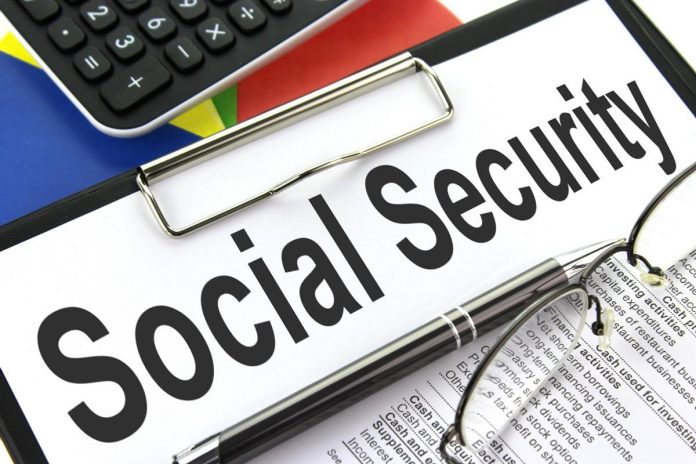An old chewing gum slogan used to be, “Double Your Pleasure, Double Your Fun.” Many retirees are being hit with a one-two punch that is neither pleasurable nor fun. First came the highest inflation in 40 years, eating away at their retirement income and reducing purchasing power. Now, many who have never been required to pay taxes on their Social Security will get a tax bill that strips away even more money.
It’s true, the 5.9% Cost-of-Living-Adjustment (COLA) Social Security recipients received in 2022 was the largest in 40 years. And they’re expected to get an even larger COLA in 2023. Social Security COLAs are based on inflation. The problem is that the threshold for paying taxes on Social Security is not adjusted for inflation.
Since 1984, taxes were due on Social Security when an individual’s income was more than $25,000 or $32,000 for a couple. Those numbers have never changed. That’s why, over almost four decades, the number of retirees forced to pay taxes on their Social Security has gone from 10% to almost 56%. And now, with surging inflation and two back-to-back years of high Social Security Cost-of-Living-Adjustments, that number will go even higher. The Congressional Budget Office predicts that the amount of Social Security benefits subject to tax will go up by 10% this year and another 10% next year. The CBO estimates that total income taxes paid on Social Security checks will jump by 37% in 2022.
When the tax was created in 1983, Social Security had a major funding shortfall. Lawmakers agreed to impose a levy on benefits, with the stipulation that all the money raised would be put back into the program. Their secondary goal was to equalize the tax treatment of Social Security with taxable private pensions. But by leaving the tax unadjusted for inflation, lawmakers ensured that, over time, more people would have to pay taxes on their Social Security benefit and the government would raise more money.
Here are the rules that determine if you have to pay taxes on your Social Security benefit?
- If you’re single and your combined income is between $25,000-$34,000 you’ll have to pay income tax on up to 50% of your benefit.
- If you’re single and your combined income is more than $34,000, you’ll pay income tax on 85% of your benefit.
- If you’re married filing a joint return and combined income is between $32,000-$44,000 you’ll pay income tax on up to 50% of your benefits.
If you’re married filing jointly and combined income is above $44,000, you’ll pay income tax on 85% of your benefit. Social Security defines combined income as adjusted gross income plus nontaxable interest plus one-half of your Social Security benefits.
According to the Senior Citizens League, if income thresholds had been adjusted for inflation, single retirees would pay taxes on Social Security if their income was above $65,000 and joint filers would be taxed if their combined income was above $95,000.
But it’s not just Social Security Cost-of-Living-Adjustments that drive up income. High inflation is causing retirees to withdraw more from traditional IRAs, 401(k)s and annuities which are taxable distributions, adding to the income dilemma.
There is a bill now before the U.S. House of Representatives that would increase the tax threshold on Social Security to $35,000 for individuals and $50,000 for couples. There are no provisions to add an inflation adjustment. Don’t get your hopes up that the bill will pass anytime soon. Congress leaves shortly for its summer break and lawmakers’ primary focus will be on getting re-elected.



